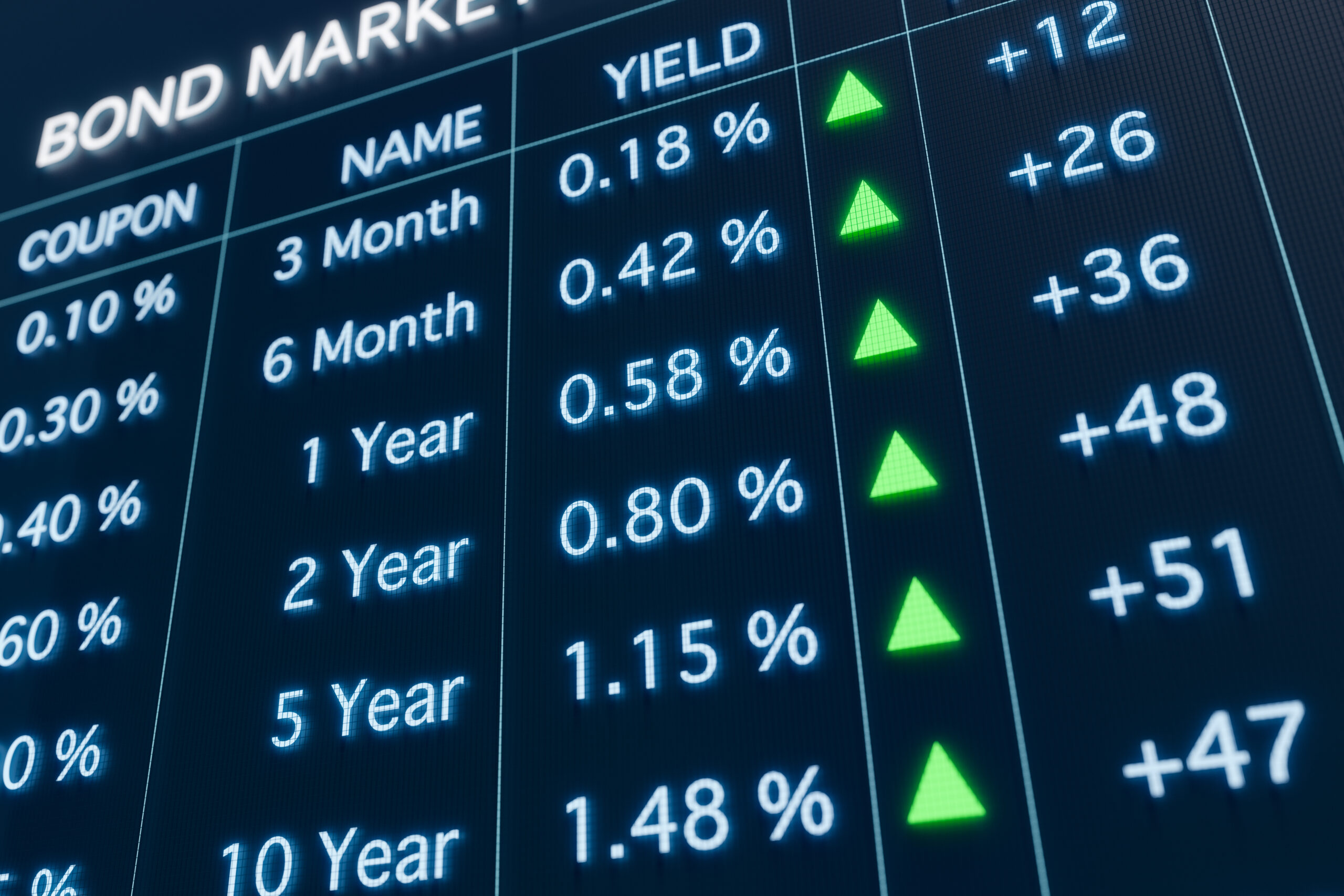
As of 20 October, OnePlatform MPF Composite Index was 209.40, with a 6.23% month-to-month decrease.
In October, the market continued to be affected by many factors, such as climate disasters, the war in Ukraine, energy shortages, inflation. The MPF index across the board recorded a month-on-month decrease. OnePlatform MPF Equity Index dropped the most, with an 8.96% month-to-month decrease. OnePlatform MPF Bond Index decreased by 3.63%. OnePlatform MPF DIS Core Accumulation Index and OnePlatform MPF DIS Age 65 Plus Index decreased by 3.99% and 3.33% respectively.
Summary of MPF Fund Performance in October
Commodity prices have stabilized, with crude and Brent oil up 0.68% and 1.64%, and wheat and corn down 0.15% and 1.16% respectively. However, the ongoing war in Ukraine, global tensions and the cost of living crisis continue to heighten uncertainty and dampen market sentiment. The IMF cut its 2022 growth forecast for advanced economies to 2.4% in 2022 and 1.1% in 2023. MPF Global Equity Fund declined by 5.04% over the month.
Given climbing interest rates and recession fears, yields on fixed income rose across the globe. 10-year Treasury yields climbed 0.67 percentage points, while yields on long-term Bunds and gilts increased by 0.47 and 0.62 percentage points, respectively. Despite the Bank of Japan’s efforts to keep yields on 10-year government debt low, they occasionally broke above the 0.25% mark. Asia Bond Fund fell by 4.68% and Global Bond Fund dropped by 4.12%.
Equity Funds:
Although Federal Reserve Chair Jerome Powell and President Biden recently said a recession is not necessarily on the cards, the IMF lowered its US GDP growth forecast to 1.6% for 2022 and 1.0% for 2023. A busy news cycle and a mixed earnings season saw the CBOE Volatility Index spend much of the month above 30, the “high volatility” benchmark. Overall, indices performed poorly: the S&P 500 decreased 4.93%, the Dow Jones Industrial Average declined 1.22%, and the tech-heavy Nasdaq Composite declined 7.09%. United States Equity Fund declined by 5.37% in October.
Political turmoil in the UK drove the FTSE index downwards in September decreased 3.46% and the broader Euro STOXX 600 fell 1.15%. Yet, other regional markets surprised on the upside with the large-cap Euro STOXX 50 up 0.74%, and the DAX and CAC 40 up 0.76% and 1.8%, respectively. Volatility increased, however, with the VSTOXX reading hitting a high of 33.78 during the month. Europe Equity Fund dropped by 1.92% in October. Asian markets experienced a massive blow when the Biden administration announced more regulations on the sale of semiconductors and chip-making equipment. In Japan, the Nikkei 225 and TOPIX fell 2.46% and 2.66%, respectively. In China, the CSI 300 fell 4.52%, and notably, the Hang Seng and Hang Seng Tech indices declined by 13.32% and 19.02%. The Taiwan Weighted also retreated by 11.02%. Funds performed in line with the region’s markets: Japan Equity Fund declined by 4.29%, Asian Equity Fund fell 9.17%, Greater China Equity Fund decreased by 13.43%, China Equity Fund retreated by 13.45% and Hong Kong Equity Fund dropped by 13.29%.
Mixed Assets Funds:
Given losses across equities and fixed income, all mixed-asset funds were affected, although fixed interest-heavy funds posted smaller losses than their equity-heavy counterparts. Mixed Assets Fund (21% to 40% equity) dropped by 4.69% in October, while Mixed Assets Fund (81% to 100% equity) dropped by 7.25%.
Meanwhile, money market sectors – predominantly comprising short-term borrowings and deposits – continued to show relatively little movement. MPF Conservative Fund rose by 0.03% and Money Market Fund – Other than MPF Conservative Fund decreased by 1.24%.
Market review in October
Headwinds continue to bear down on the global economy in the fourth quarter of the year. Climate disasters, the war in Ukraine, energy shortages and rising prices show little sign of subsiding. Meanwhile, steep interest rate hikes in the United States have affected purchasing power and debt burdens globally, further fueling inflation and economic hardships. Indeed, the International Monetary Fund recently increased its inflation expectations to 8.8% and 6.5% in 2022 and 2023, and downgraded global growth forecasts to 3.2% in and 2.7%, respectively. The agency added that “the worst is yet to come” as economies endure a “broad-based and sharper-than-expected slowdown”.
U.S. urges to ease energy crisis
As the United States prepares for November’s midterm elections, the incumbent government is eager to assuage the pain points brought about by the energy crisis, inflation and fears of a recession. President Joe Biden recently told CNN that he did not believe a recession was imminent, but if growth did slow, it would be “very slight”. His administration also expanded restrictions on China’s access to semiconductor technology, which immediately and significantly impacted the global market value of the industry and is sure to widen already-strained political relations. The government is also set to release 10 million-15 million barrels of oil to temper gas prices as OPEC+ threatens to cut back production. Although annual inflation slowed to 8.2% in September, core inflation rose to a 40-year high of 6.6%. Together with positive employment data, expectations are that the Fed will continue to aggressively raise rates at its next meeting.
Truss resigns after failed tax-cut plan British politics dominated headlines in October as Chancellor of the Exchequer Kwasi Kwarteng announced tax cuts that were backed by then Prime Minister Liz Truss. The news triggered a sell-off in UK markets, causing a steep drop in the pound and forced the Bank of England to purchase government bonds on a massive scale to maintain stability. Even the IMF weighed in, suggesting lawmakers “re-evaluate the tax measures”. All the while, the cost of living crisis continues: September inflation came in at 10.1% and core inflation hit a 30-year high of 6.5%. Unsurprisingly, the GfK Consumer Confidence hit a new record low in September. Truss quickly reneged on the fiscal plans and soon after announced her resignation, becoming the shortest-serving prime minister in British history. Elsewhere in Europe, prices are not faring much better.
Consumer confidence also posted a record low -28.8, business confidence dropped, and the S&P Global Eurozone Manufacturing and Services PMIs both fell further into contraction territory. As such, the European Commission announced a new emergency package which includes managing energy prices via coordinated purchases.
Xi Jinping re-elected for 3rd term as General Secretary of Communist Party
In China, the Communist Party held its twice-a-decade congress, at which it was confirmed that President Xi Jinping will remain in the role for an unprecedented third term. Chinese officials have delayed releasing growth and other third-quarter economic data, although the Asian Development Bank has downgraded the country’s 2022 growth forecast to 3.3% and the IMF to 3.2%, well below China’s 5.5% target. Meanwhile, Hong Kong continues to loosen Covid-era restrictions and is looking for ways to attract the talent it lost during the protracted lockdown. Inflation jumped to 4.5% in the city-state in September, and the Hong Kong Monetary Authority raised its key rate by 75 basis points to 3.5%. Meanwhile, as monetary policies continue to diverge, Japanese officials intervened to keep 10-year yields below 0.25% and the yen under the 150 mark to the dollar. The weak exchange rate and high energy prices drove inflation to 3.0%, the sixth straight month above the Bank of Japan’s 2% target.
You May Be Interested In

OnePlatform Asset Management | 06 May 2024
Exploring the Potential of U.S. Equity Funds: Analyzing Factors Driving the U.S. Stock Market
OnePlatform Asset Management | 05 Mar 2024
Exploring the Beenfits of Investment-Grade Bond Funds in the Current Market Environment

